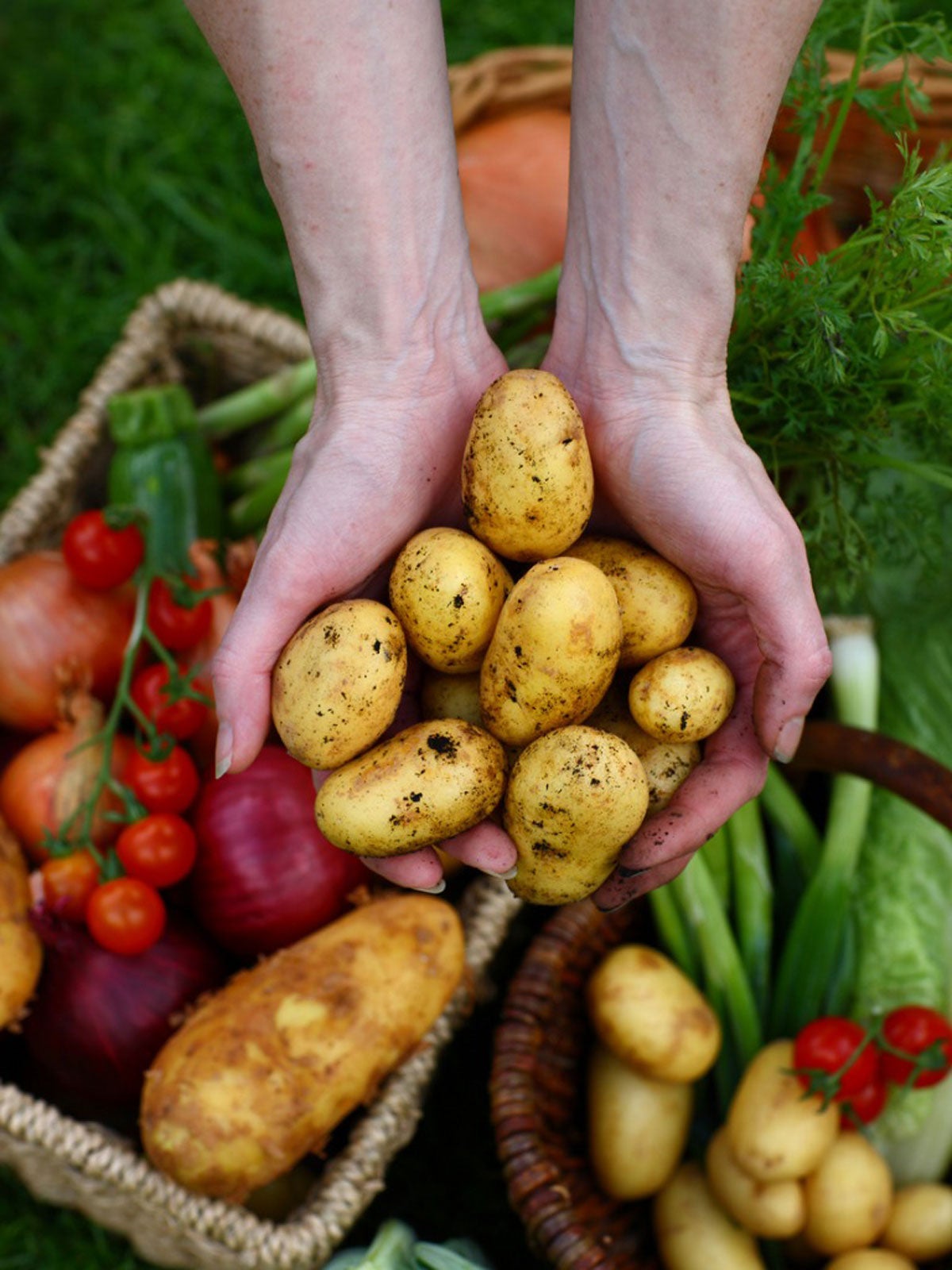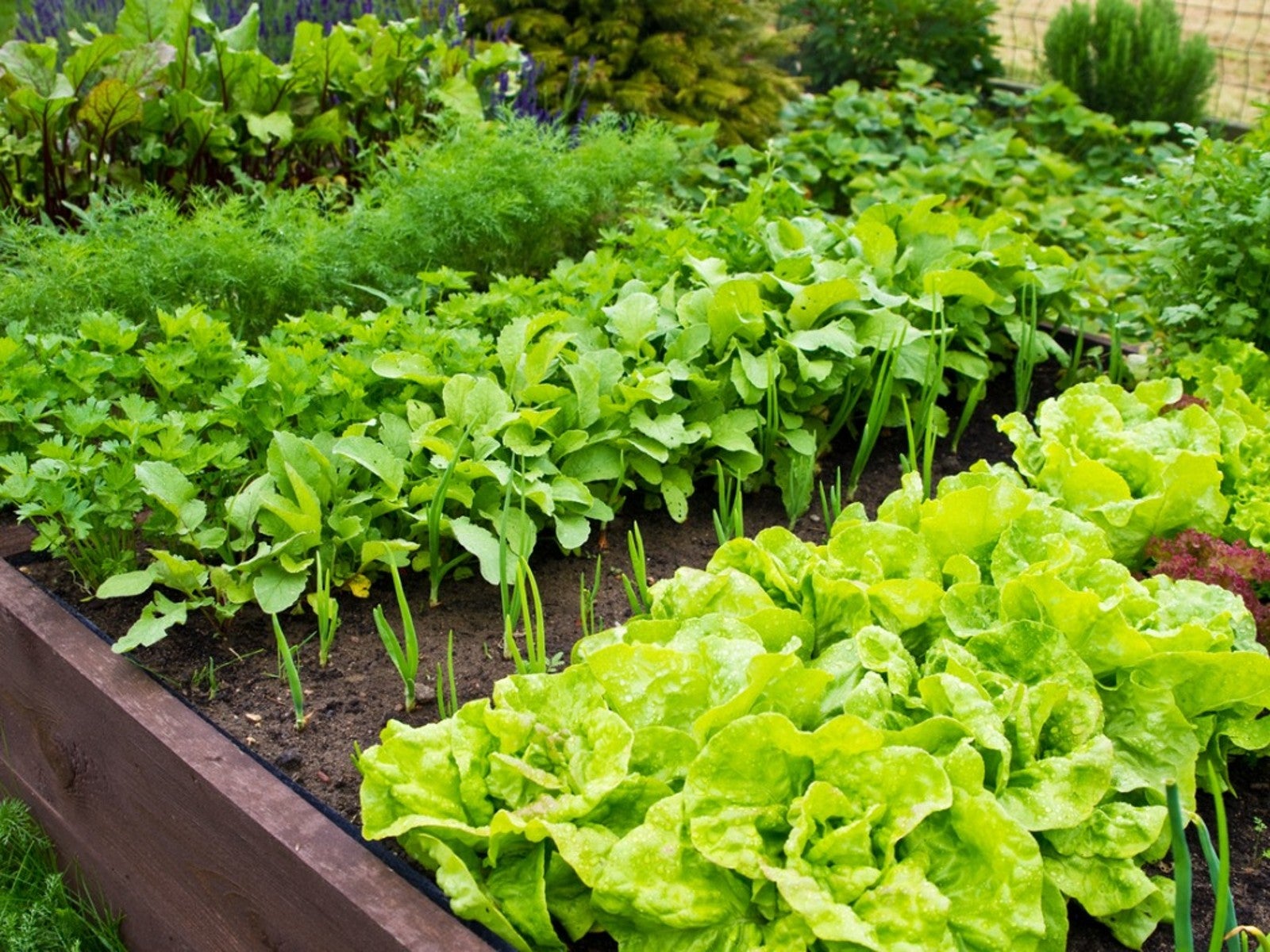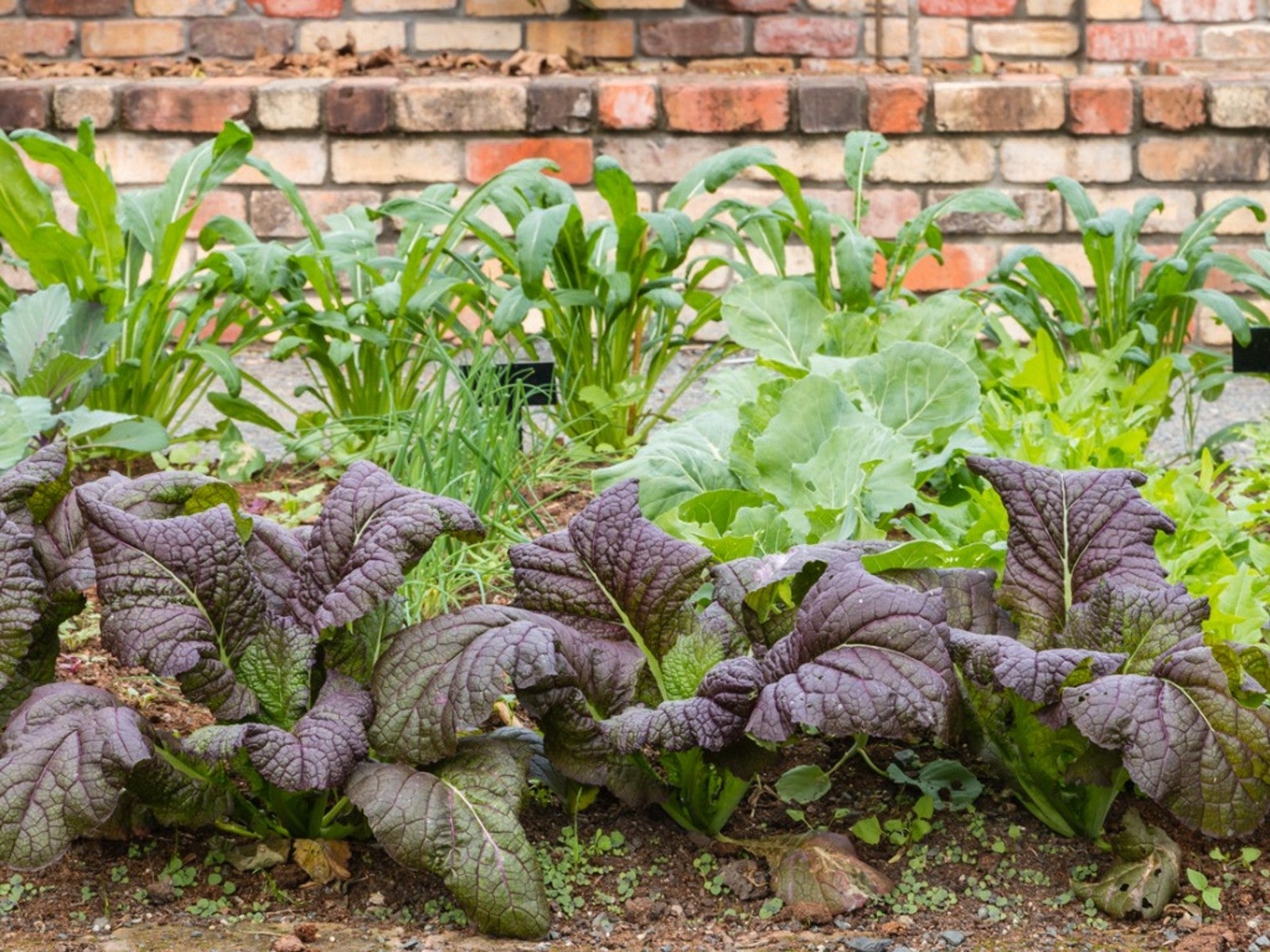Vegetable Storage Tips: Storing Different Types Of Vegetables

Gardening is a labor of love, but still plenty of hard work. After a summer of carefully tending the vegetable plot, it's harvest time. You've hit the mother lode and don't want to waste any of it. Right now you might be wondering how to keep vegetables storing longer and any other helpful vegetable storage tips. Read on to learn more.
Storage Guide for Vegetables
If you are planning on storing fresh vegetables, the first rule of thumb is to handle them with care. Don't break the skin or otherwise nick or bruise them; any open wounds will hasten decomposition and can spread disease to other stored veggies. The storing of different kinds of vegetables requires different storage conditions. Temperature and humidity are the primary factors and there are three combinations to consider.
- Cool and dry (50-60 F./10-15 C. and a 60 percent relative humidity)
- Cold and dry (32-40 F./0-4 C. and a 65 percent relative humidity)
- Cold and moist (32-40 F//0-4 C. and a 95 percent relative humidity)
Cold conditions of 32 F. (0 C.) are unattainable in the home. The shelf life of veggies that require this temperature for longer storage will shorten 25 percent for every 10 degrees increase in temperature. A root cellar can provide cold and moist conditions. Basements can provide a cool and dry environment, although a heated basement will hasten ripening. Refrigerators are cold and dry, which will work for garlic and onions, but not most other produce for long term storage. Keep some space between the produce when storing fresh vegetables, no matter where they are kept. Protect the produce from rodents. Use insulation such as sand, straw, hay or wood shavings to protect the veggies and fruit. Keep produce that produces high levels of ethylene gas (such as apples), which hastens ripening, away from other produce.
How Long Can You Store Different Veggies?
When storing different types of vegetables, each one has a unique temperature and humidity requirement and its own expected shelf life. Produce which requires cold and dry conditions tend to have a fairly long shelf life such as onions (four months) and pumpkins (two months). Many veggies that need to be stored in cold and moist conditions can be stored for very long periods. Some of these are the root veggies:
- Beets for five months
- Carrots for eight months
- Kohlrabi for two months
- Parsnips for four months
- Potatoes for six months
- Rutabaga for four months
- Turnips for our months
- Winter squash for two to six months (depending upon the variety)
Other produce requiring cold and moist conditions are more delicate. These include:
- Corn for five days
- Spinach, lettuce, peas, snap beans, and cantaloupe for about one week
- Asparagus and broccoli for two weeks
- Cauliflower for three weeks
- Brussels sprouts and radishes for one month
Cucumbers along with tomatoes, eggplant, peppers, zucchini and watermelon should all be stored in a cool area of the kitchen at 55 F. (12 C.) or in the refrigerator in perforated plastic bags. Tomatoes have the shortest shelf life and should be used within five days while most of the others will be okay for about one week. *There are numerous tables on the Internet regarding the length of time and storage conditions for produce.
Gardening tips, videos, info and more delivered right to your inbox!
Sign up for the Gardening Know How newsletter today and receive a free copy of our e-book "How to Grow Delicious Tomatoes".

Amy Grant has been gardening for 30 years and writing for 15. A professional chef and caterer, Amy's area of expertise is culinary gardening.
-
 Get Ready For A Summer Of Hummers! Grow These Full Sun Hummingbird Plants and Flowers
Get Ready For A Summer Of Hummers! Grow These Full Sun Hummingbird Plants and FlowersIf you’re lucky enough to enjoy a sunny backyard, make sure you are maxing out on your pollinator opportunities and grow these full sun hummingbird plants and flowers
By Tonya Barnett
-
 12 Lush Alternatives To A Lawn For Sustainable Spaces
12 Lush Alternatives To A Lawn For Sustainable SpacesAlternatives to a lawn are beautiful and also beneficial to your local ecosystem and its pollinators. Explore our top picks for plants to replace grass.
By Tonya Barnett
-
 How Many Vegetables To Plant Per Person For A Year
How Many Vegetables To Plant Per Person For A YearGauging how much to plant in a vegetable garden can eliminate waste while still producing enough for your family. Click for more.
By Bonnie L. Grant
-
 13 Perennial Fruits And Vegetables You Only Have To Plant Once
13 Perennial Fruits And Vegetables You Only Have To Plant OnceLooking to set it and forget it? Find out which fruits and vegetables can be grown as perennials.
By Laura Miller
-
 11 Edible Plants For A Year-Round Garden In A Bucket
11 Edible Plants For A Year-Round Garden In A BucketWant to know how to grow food inside your house and which foods do best indoors? Click here to learn all about it.
By Bonnie L. Grant
-
 Frost Tolerance Of Vegetables From Least To Most Hardy
Frost Tolerance Of Vegetables From Least To Most HardyHow cold can vegetables tolerate? Knowing which veggies will survive frosts and freezes is essential for the success of your garden. Click here for more.
By Laura Miller
-
 Best Vegetables To Pickle Straight From The Garden
Best Vegetables To Pickle Straight From The GardenPickles aren’t limited to just cucumbers. Read on for tips on pickling your fresh veggies.
By Amy Grant
-
 Benefits Of Planting In Fall Vs. Spring Vegetable Plots
Benefits Of Planting In Fall Vs. Spring Vegetable PlotsLearn why some vegetables do better if you plant them in fall instead of spring.
By Laura Miller
-
 Interplanting Vegetables In The Fall Garden
Interplanting Vegetables In The Fall GardenLearn all about the benefits of interplanting vegetables for your fall garden.
By Laura Miller
-
 Best Vegetables For Growing In Perlite
Best Vegetables For Growing In PerlitePerlite is a natural growing medium that comes from super-heated volcanic glass. In some cases, it works better than soil. Read on for more info.
By Laura Miller